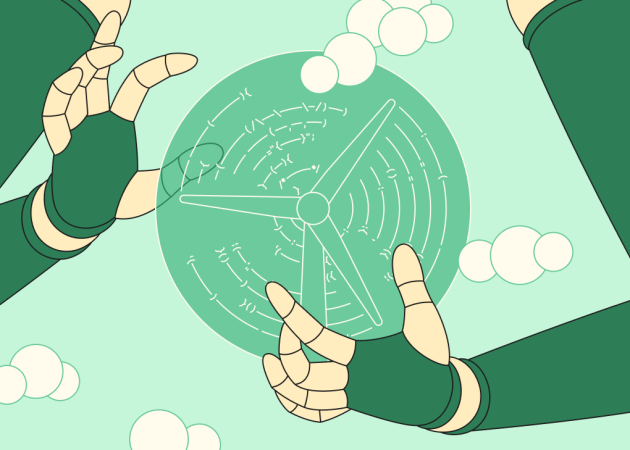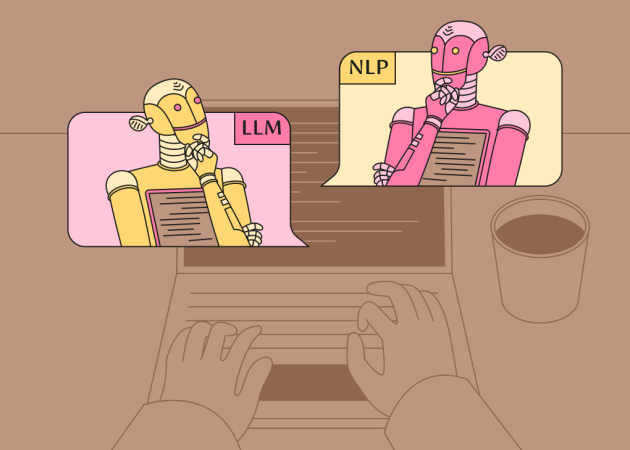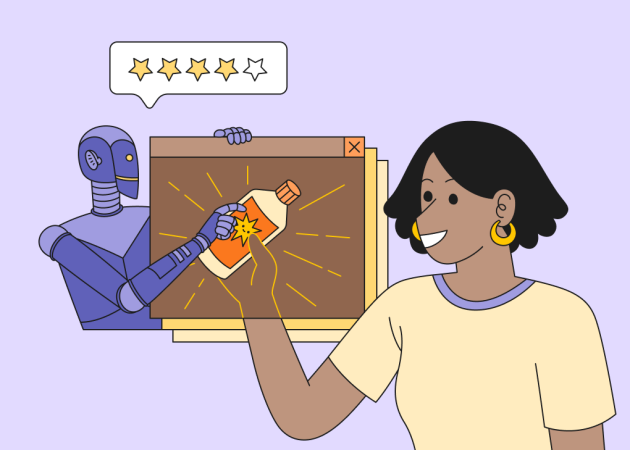
How to Reinvent a Brand
Contents
Contents
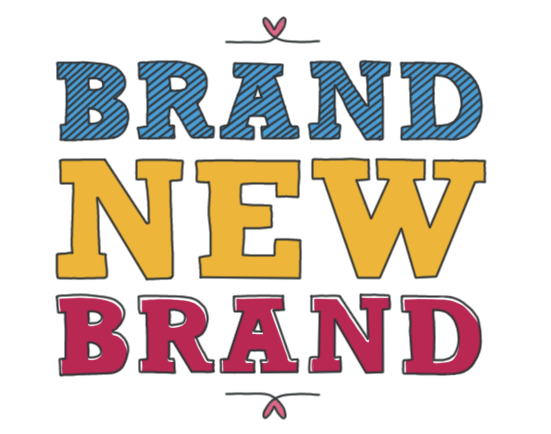 Robert Kiyosaki, the guy who wrote Rich Dad Poor Dad, has a lot of quite brilliantly formulated thoughts. One of them: If you’re not a brand, you’re a commodity. Roughly put, but it gets the point across. At Beetroot, we’ve never really aspired to be a commodity. Friends, buddies, even a family—yes—but never, ever a commodity. The aforementioned approach served us perfectly well in establishing our foundation, but at some point we wanted to make a giant leap ahead of the rest of the pack. We decided to rejuvenate ourselves—to add some new brand gloss to our shoulder bling. Want to know how we did it? And the hardships we endured? Here’s a small guide to help you along the way.
Robert Kiyosaki, the guy who wrote Rich Dad Poor Dad, has a lot of quite brilliantly formulated thoughts. One of them: If you’re not a brand, you’re a commodity. Roughly put, but it gets the point across. At Beetroot, we’ve never really aspired to be a commodity. Friends, buddies, even a family—yes—but never, ever a commodity. The aforementioned approach served us perfectly well in establishing our foundation, but at some point we wanted to make a giant leap ahead of the rest of the pack. We decided to rejuvenate ourselves—to add some new brand gloss to our shoulder bling. Want to know how we did it? And the hardships we endured? Here’s a small guide to help you along the way.
Start from scratch!
Every company has a history and Beetroot is not an exception. We pride ourselves on our legacy and insist on telling anyone who would listen how founders Gustav Henman and Andreas Flodström traveled Eastern Europe and Russia in a rusty, old Lada, lived in borrowed offices to make ends meet, and finally created a pretty cool IT company (in the “outsourcing” business). Our history is packed with facts, legends, typefaces, logos and ancient patchwork presentations. We cherish all of these things, but we know when to say “enough—let’s actually think about what people are taking away from our talking!”
The precarious trap of re-branding is to make your new brand a mere patchwork 2.0. They say successful brands are those who remember their roots. That’s true. On the other hand, Samsung started as a noodle producer, then developed into an insurance provider and eventually turned into a business conglomerate. Can you spot this process in their modern brand? Hardly. So, the first lesson we learned was to start from scratch. Pro tip: make sure the company legacy is remembered and acclaimed, but don’t be afraid to start from a clean slate.
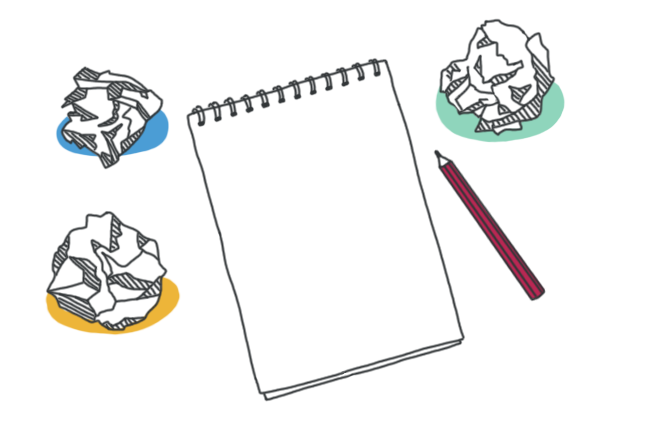
Your friends are not your target audience
Have you ever sold cookies to raise money? If you have, then you probably remember that your first victims were unsuspecting friends and family. If not, then you may at least agree that targeting friends and family would be a logical first step. They are caring, compliant and fond of you—enough to buy your by-the-crate cookies and to promote them to others. The thing is, when you start a new business you follow the same pattern. And the pattern works. Your friends become your business partners or recommend you to their acquaintances. The pattern works for a couple of years, until you realize that you don’t have enough friends to scale up. A bit of a confidence blow to many of us, but fair enough. Sharpen up and move on.
Our second lesson learned was to build a target audience outside of our circle of friends. This, of course, can be challenging for a young company, because the one thing you really want to do is to climb Mount Everest and shout your lungs out, to let the world know how awesome your company is and how well you’re doing. It’s better than doing nothing at all, but let’s be clear: a narrow, point-on target audience enables higher success in communication. So, define your target audience and never, ever forget about it while building your new brand.
Semantics take a lot of time…
…And brand re-envisioning takes a lot of semantics. Don’t let this scare you! The time spent on talking the brand through, drilling down to the core, is not spent in vain. Just make sure that you give yourself room for maneuvers. If you have an initial project timeline of 3 months, make it 6 months. No, really, really. We all like optimists, but leave this one up to the realist in the room.
When we were getting started in the business, we went by the longer name Beetroot Resources. After wading through thorns and hours upon hours of discussion, we recently agreed not to use the word “resources” in any of our communication—it didn’t quite resonate with who we were. But… hang on, wouldn’t that be a rather significant change? It was a part of our name, after all. It meant we had to backtrack and start over. No more “resources”. The moral of the story, whatever you thought it would be, is to not procrastinate. It’s tempting to say: “I’ll think about this in a few months,” but our promise for future generations must be to lay a proper foundation for all coming things to build upon.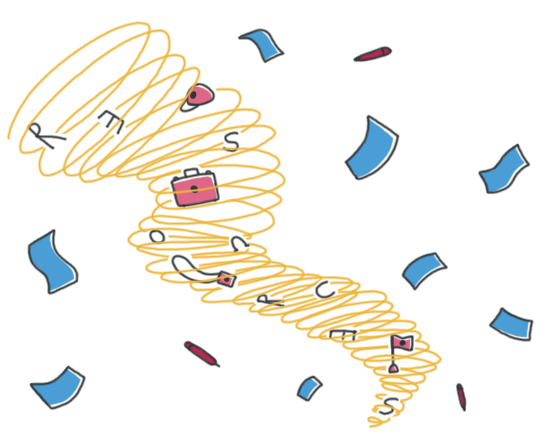
Being bold is scary but it works
What words come to mind when you think about “outsourcing” (another shameless plug for our business)? Corporate legibility, professionalism, thought-leadership? Of course that’s not what comes to mind. Because that’s not how most people perceive our industry. You have probably never tried to find synonyms to that word, either – it’s not something an ordinary person would do. But we did, and our quite thorough research showed that legibility, professionalism and thought-leadership represents what most outsourcing or IT consulting brands try to communicate. We wanted to be different. Better. Bolder. We wanted to add another feature into the procurement parameter mix—our personality. And not your normal cookie cutter personality, one that you think is unique, but in reality is just like everyone else’s. No, we wanted to stand out.
We gathered our collective willpower and made a brave dash towards the very edge of our comfort zone. What did that feel like? Well, pretty uncomfortable. But you know what they say about those who don’t take risks.
We decided to short-list our most distinctive features, the things we were proud about, that set us apart, and turned them up to a maximum. As an example, we identified as a company with a personal touch, with the individual at the center. This prompted us to adopt the relatively unconventional and unique Amatic font, and modify it into our current brand font. We also identified as a company with strong community values, family values, and so we slipped into our slippers and arranged a courtyard funeral pyre for all things corporate for good. There were moments when we felt terrified, but we carried on. “Would they think we looked silly?” “Would they think we were professional?”
We knew that in order to stand out and make a real statement – we had to take a leap of faith.
You need a brand gatekeeper
Although this is not in any way a complete handbook in building a brand (if it were, this is where you’d wonder who tore out the middle pages) you’ll undoubtedly reach a point where you’ve broken off the shackles of the old brand, defined your target audience, and spent a considerable amount of time talking your brand through. You might even have been brave enough to embrace a unique personality. Hooray! As you prepare to roll out the new brand for the world to love and hate, make sure that you have a gatekeeper. We insist, and let us tell you why.
We’ve always strived to build a flat, horizontal organization. We fight bureaucracy and hierarchy as if they were Bond movie villains. And we’re growing quickly. This thoroughly amazing way of working does, however, add a layer of risk. With the amount of individual ambassadors we have, each one an autonomous leader in their own right, communication can become incoherent, disorderly and even wrong. It’s crucial to have one person or team on the ready, able to make quick calls.
We found that having a single point of contact for communication (be it a person or group) was essential in keeping it together. When building a new brand, a lot of the old world will continue to live on, and the new brand’s efficiency will largely depend on how quickly you can make a full transition. “Marketing team propaganda!” you might bellow. “Phoneys!” And you’re not entirely wrong—but we only say it because we need to. Because this is an essential thing all too many get wrong.
Being open-minded and humble is essential for this point of contact. There is such a thing as “killing the mood” by being too strict. Make sure there’s flexibility, the company needs to be open to its employees’ ambassadorship. This means “sometimes” accepting more than one point of view.

Now, what’s the bottom line? We’ve learned a lot about brand reinvention the past 6 months. So much that we could write a book about the subject (but probably shouldn’t). Our most valuable realization, especially if you ask one of our founders, was that branding is not a hobby. You can spend a couple of hours designing your brand logo, a couple more re-evaluating the tagline, and scramble to bring a new website together… but this is not to reinvent the brand. Brands are like delicate relationships. They require time, effort, teamwork, creativity and sometimes leaving the ego by the door. They also require professionalism and dedication. Are you willing to compromise the foundation of your business through procrastination?
Subscribe to blog updates
Get the best new articles in your inbox. Get the lastest content first.
Recent articles from our magazine
Contact Us
Find out how we can help extend your tech team for sustainable growth.
